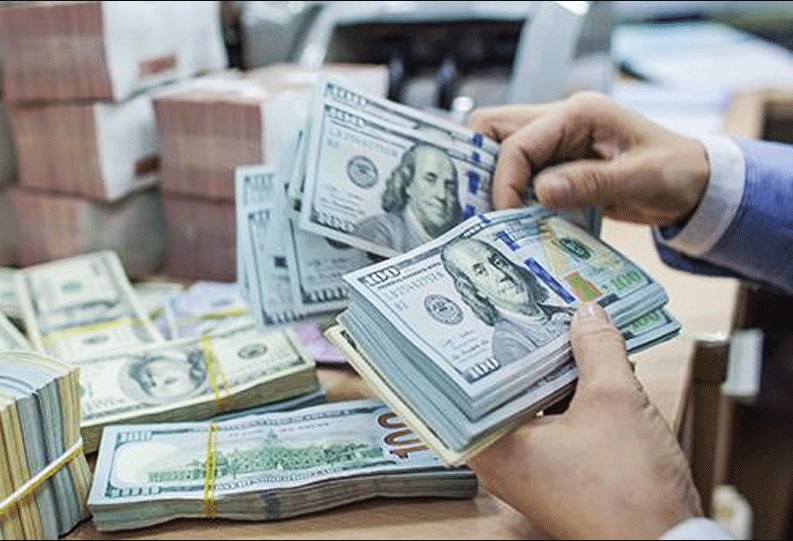Can tariffs lift the US dollar over the long haul?
The US dollar has strengthened in the wake of former president Trump’s election win last week.

Some of this seems to be due to his apparent plans to impose global tariffs of 10%, or more, with a special 60% rate for China. But the first year of Trump’s 2017-2021 term saw the US dollar fall significantly – and he was proposing the same sorts of policies on tariffs back then. Does this suggest that tariffs won’t deliver long-lasting US dollar strength even if they are delivered in full?
The idea that tariffs will lift the US dollar probably resonates with most traders and investors. Tariffs supposedly benefit the home country (the US) to the detriment of others, even though it is US consumers that pay the tax. Policies that benefit the US and harm others are seen as more likely to strengthen the US dollar. A more theoretical underpinning is that tariffs reduce the demand for imports and hence the demand for foreign currencies to pay for those imports.
In addition, there could be monetary policy implications if the tariff-issuing country sees inflation rise while the targeted country, or countries experience weaker growth and lower inflation. But what’s the evidence? Do tariffs create currency strength?
An IMF paper in 2019 which covered 151 countries over a 50-year period suggested that tariffs do lift the real (inflation adjusted) exchange rate. In broad terms, the numbers suggest that if the US introduced a 10% global tariff, it would lead to a 2% rise in the real value of the US dollar, with a 20% tariff (as has been mentioned as well) lifting the real US dollar value by 4%.
However, that does not fit the history of Trump’s first term as the US dollar slipped early in his term and, over the whole term was still down on its opening levels. Part of the reason for this is down to the usual ceteris paribus assumption, meaning that tariffs should lift the US dollar as long as nothing else changes, like growth, policy rates, and more. But, of course, things do change and it seems that in Trump’s first term, these ‘other things’ weighed on the value of the US dollar.
There is also another factor to bear in mind, which is that, while Trump threatened tough trade policies in his pitch for the presidency in 2016, tariffs were not delivered until the spring of 2018 and, only then in small doses at first. The ‘peak’ harmful US trade actions did not actually occur until 2020 and, in fact, have stayed quite high since then.
In essence it seems that, while Trump plugged the tariff story, he was not quick to act and the legacy of this for the US dollar has been that its strength has mainly been seen during Biden’s term – when the tariffs have kept on coming. Hence, as we look forward from today, the lesson seems to be that if new tariffs are to supercharge this post-election US dollar rally, they need to come in early. Is that likely? That’s hard to say, as we don’t know whether Trump plans to just slap these tariffs on with no regard for the consequences or whether he intends to use them as a threat if other countries do not change their ways.
Steve Barrow, Head of Standard Bank G10 Strategy suspected it might be the latter. In addition, blanket tariffs, such as the proposal for a 10%-plus tariff on all countries, are a responsibility given to Congress, not the president. For he can only impose tariffs himself in special circumstances, if countries are acting unfairly or threatening national security. Of course, the Republicans do now control Congress, but we still feel that a blanket 10% tariff is a less-than-50% probability.
“One final point that makes us unsure that tariffs can lift the US dollar over the long haul is that the study cited earlier referred to the impact of tariffs on the real exchange rate. And we don’t really need to point out that real appreciation does not just happen because of a rise in the nominal exchange rate. An increase in inflation can generate real appreciation, and, right now, that might be the most likely route”, said Steve Barrow.








